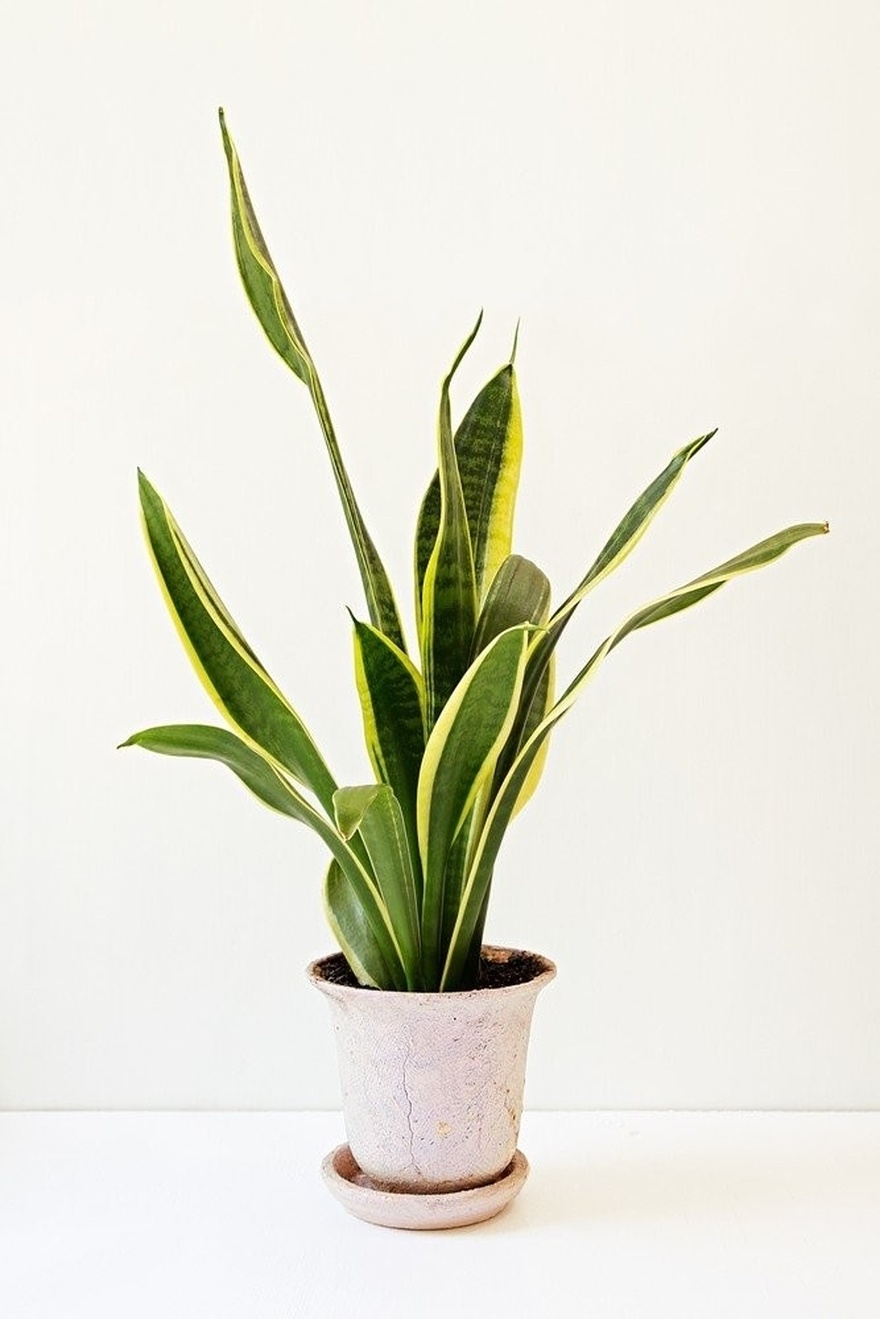As temperatures soar during heatwaves, you might find that air conditioning and fans only offer limited relief. If you’re looking for a budget-friendly, eco-friendly way to cool your home, consider turning to houseplants.

According to NASA’s Earth Science Study, plants can significantly influence the temperature of our environment through the process of photosynthesis and transpiration. Transpiration is a natural process where plants release water vapor into the air, which cools both the plant and its surroundings.
By incorporating specific houseplants into your living space, you can enhance indoor humidity and create a cooling effect, making your home a more comfortable retreat from the scorching heat. Here are four top houseplants that are ideal for creating a cool environment, even when the thermometer is in the red!
1. Ficus Benjamina
The Ficus Benjamin, also known as the Weeping Fig, is an excellent choice for those looking to beat the heat. This hardy indoor tree is known for its ability to keep the air moist and cool, making it a perfect addition to any room.
Benefits:
- Transpiration: Ficus Benjamin has a high transpiration rate, which helps release moisture into the air, thus cooling the environment.
- Air Purification: It also helps to purify the air by removing toxins such as formaldehyde and xylene.
Care Tips:
- Watering: Your Ficus needs more water in bright light compared to shady spots. Make sure to water it regularly during the summer to maintain its health and cooling effect.
- Light: Place your Ficus in medium light to ensure it gets enough sun without being exposed to harsh rays that could damage its leaves.
- Positioning: It can be used as a centerpiece in a room or grouped with other plants to create a lush, indoor mini forest that further enhances cooling.

2. Aglaonema
Aglaonema, also known as the Chinese Evergreen, is a beautiful plant that combines functionality with aesthetics. Known for its air-purifying qualities, Aglaonema also has a high transpiration rate, contributing to increased humidity and a cooler environment.
Benefits:
- Toxin Removal: It effectively cleanses the air by removing toxins such as benzene, formaldehyde, and trichloroethylene.
- Low Maintenance: Aglaonema is a hardy plant that requires minimal care, making it ideal for busy households.
Care Tips:
- Watering: A little water goes a long way with Aglaonema. Ensure the soil remains moist but not waterlogged.
- Light: It thrives in low to medium light, making it perfect for filling empty corners of your home with lush greenery without requiring direct sunlight.
- Placement: Its attractive foliage adds a touch of elegance to your living space while contributing to a cooler atmosphere.
3. Phoenix Palms
Phoenix palms, which include varieties such as the Areca Palm, Fern Palm, Livistona, Fishtail Palm, and Lady Palm, are renowned for their cooling properties. These palms have a high surface area of leaves, which enhances their ability to release oxygen and moisture into the air.
Benefits:
- Oxygen Production: The larger the leaf surface, the more oxygen is produced, which helps to freshen the air and contribute to a cooler environment.
- Tropical Vibes: Palms create a mini indoor rainforest effect, adding a touch of the tropics to your home year-round.
Care Tips:
- Watering: Regular watering is essential to keep the palms healthy and ensure they continue to provide moisture to the air.
- Light: Most palm varieties prefer bright, indirect light, though some can tolerate lower light conditions.
- Positioning: Place multiple palm trees together to create a verdant, cooling oasis that enhances the aesthetic appeal of your indoor space.

4. Dracaena trifasciata (Snake Plant)
The Sansevieria, commonly known as the Snake Plant or Mother-in-Law’s Tongue, is a resilient succulent with impressive cooling capabilities. Its leaves have a high water content, and when they are aerated, they release dew that evaporates into the air, contributing to a cooler atmosphere.
Benefits:
- Air Purification: Sansevieria is effective at removing toxins such as benzene, formaldehyde, and trichloroethylene from the air.
- Oxygen Production: It emits oxygen at night, making it a great plant for bedrooms and contributing to a more restful sleep environment.
Care Tips:
- Watering: This plant is drought-tolerant and requires minimal watering. Allow the soil to dry out between waterings to prevent root rot.
- Light: Sansevieria can thrive in a range of light conditions, from low light to bright, indirect light. It’s ideal for placing near windows where it can receive some sunlight.
- Placement: Use Sansevieria to create natural shade for other plants and add a touch of green to your indoor décor.
Additional Tips for Maximizing Cooling with Houseplants
- Group Plants: Grouping plants together can create a microclimate of higher humidity and cooler temperatures. The collective transpiration from multiple plants will enhance the cooling effect.
- Regular Maintenance: Keep your plants healthy by providing them with appropriate light, water, and nutrients. Healthy plants are more effective at transpiration and cooling.
- Increase Indoor Greenery: Incorporate a variety of houseplants throughout your home to maximize the cooling effect and improve air quality.

Conclusion
While air conditioning and fans are effective tools for cooling your home, incorporating houseplants into your indoor environment offers a natural, eco-friendly, and budget-conscious way to enhance comfort during hot weather. By choosing the right plants, such as Ficus Benjamin, Aglaonema, Phoenix palms, and Sansevieria, you can improve humidity, purify the air, and create a cooler, more pleasant atmosphere in your home. These plants not only help maintain a comfortable indoor climate but also bring numerous additional benefits, making them a worthwhile addition to any living space.
One of the primary ways houseplants contribute to cooling your home is through the process of transpiration. During transpiration, plants release moisture into the air through their leaves, which increases humidity and can naturally lower the ambient temperature. This is particularly beneficial in dry, hot climates, where increased humidity can make the air feel cooler and more refreshing. Ficus Benjamin, also known as the weeping fig, is an excellent example of a plant that excels in this process, releasing a significant amount of moisture into the air, thereby contributing to a cooler indoor environment.
Embrace the cooling power of houseplants and enjoy a refreshing, greener indoor environment all year round. By integrating plants like Ficus Benjamin, Aglaonema, Phoenix palms, and Sansevieria into your home, you can create a cooler, healthier, and more aesthetically pleasing living space that promotes well-being and sustainability. Whether you’re looking to reduce your energy consumption, improve indoor air quality, or simply add a touch of nature to your home, houseplants offer a simple and effective solution that benefits both you and the environment.






























